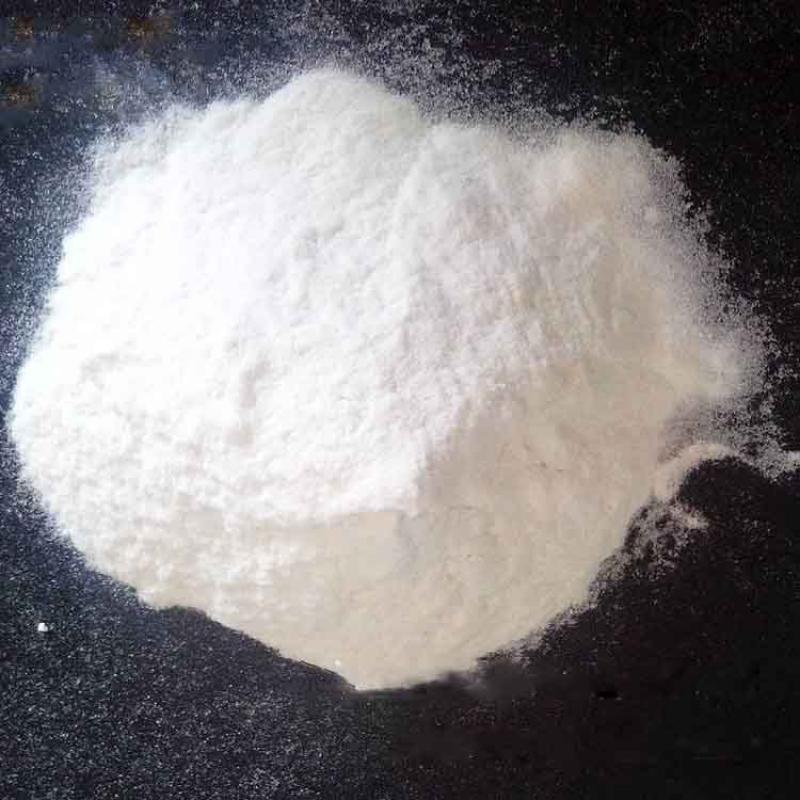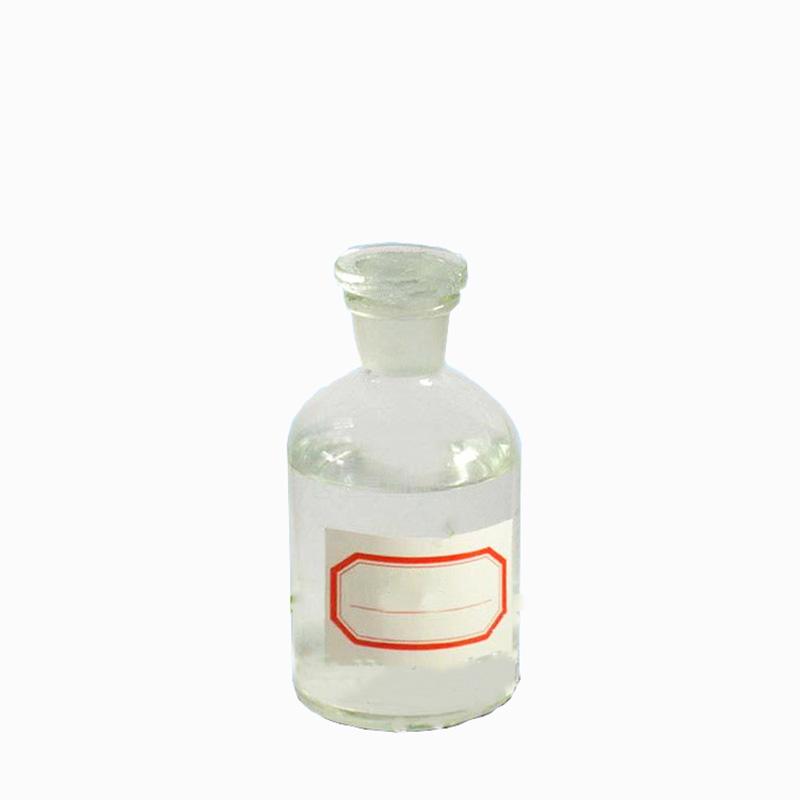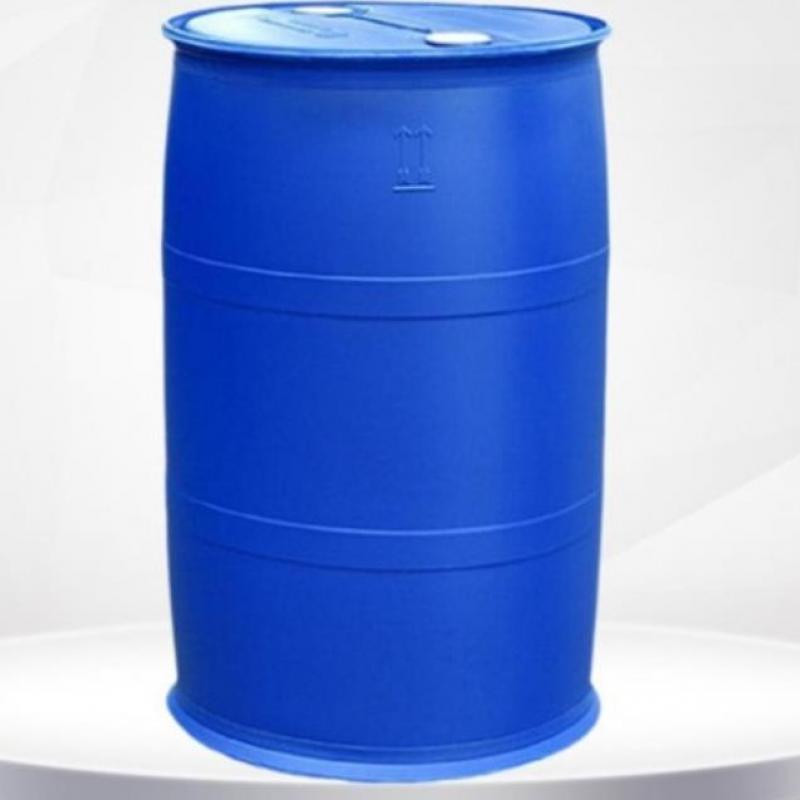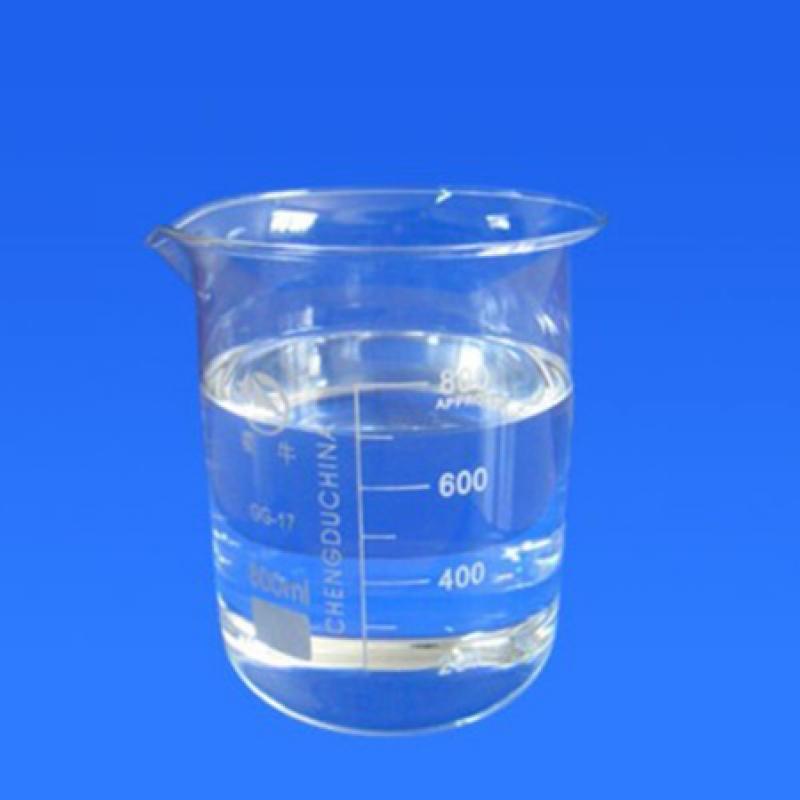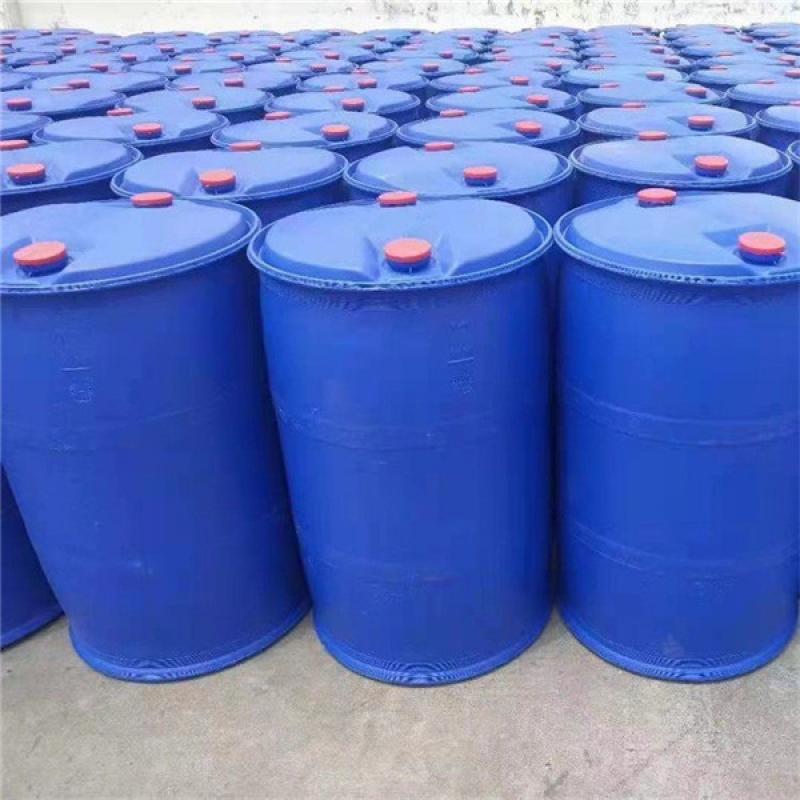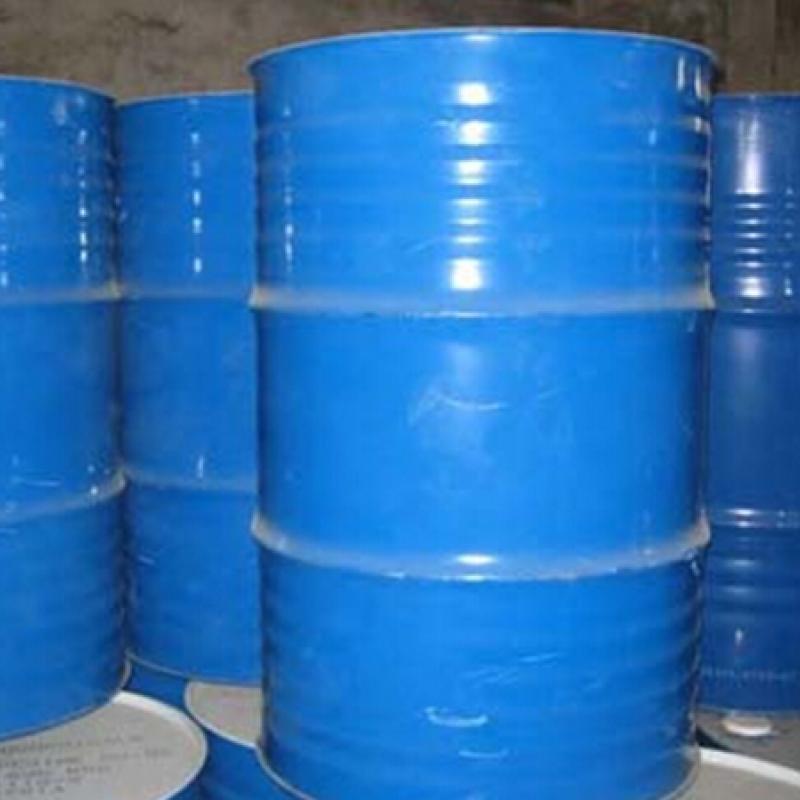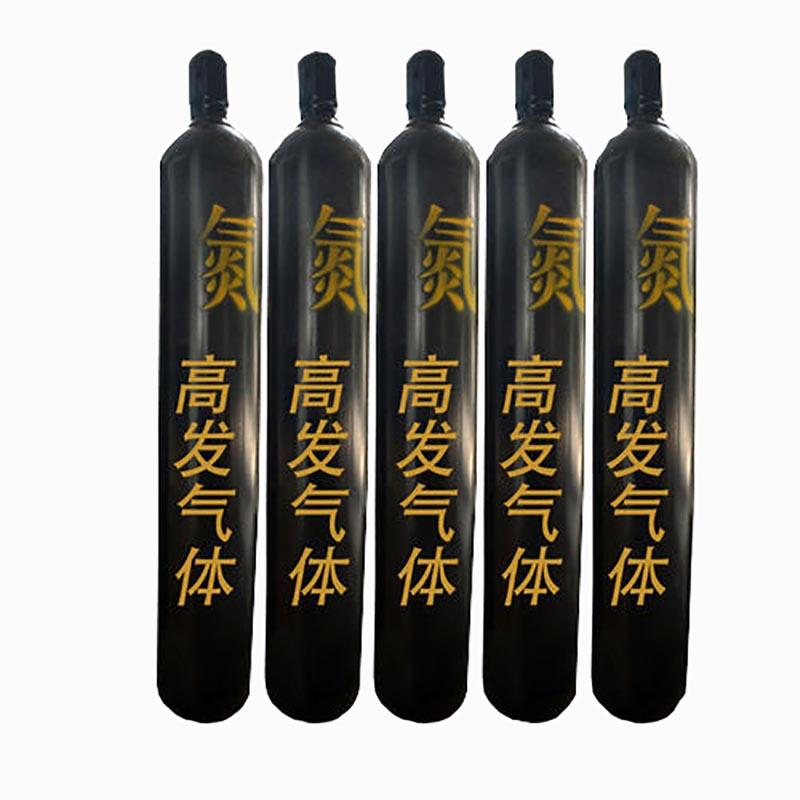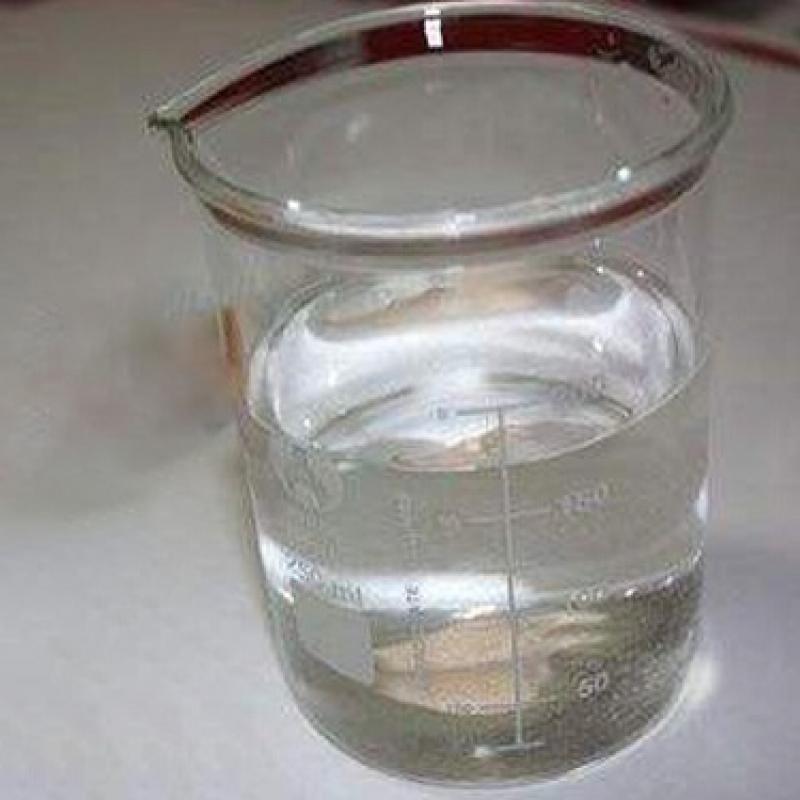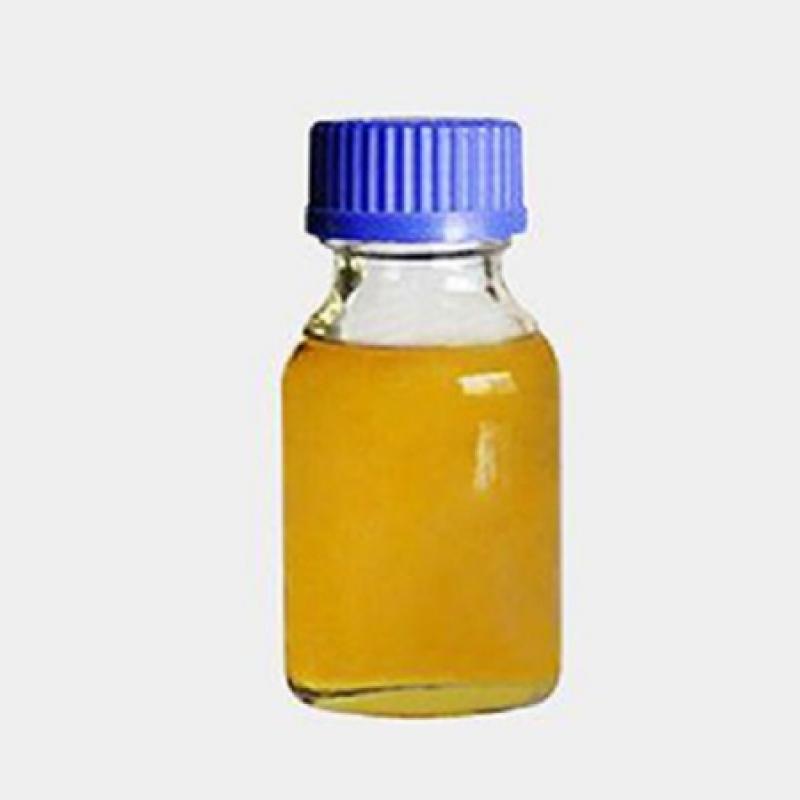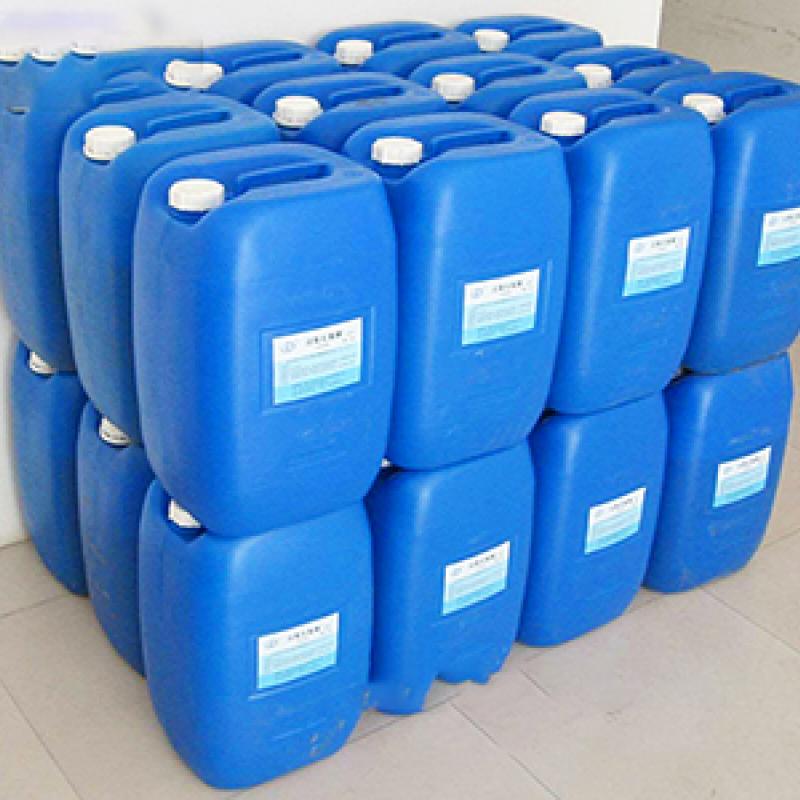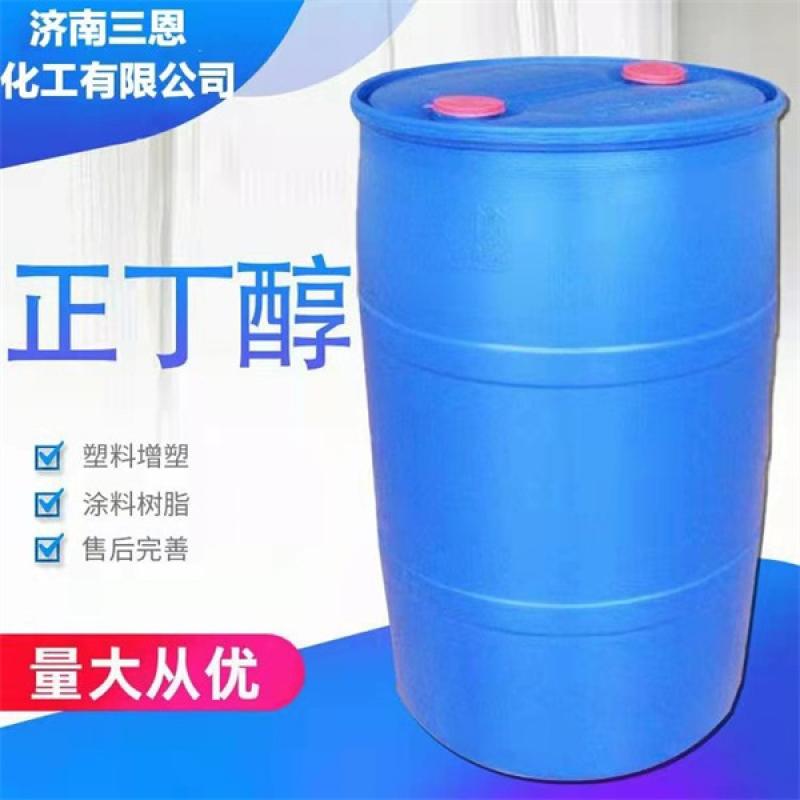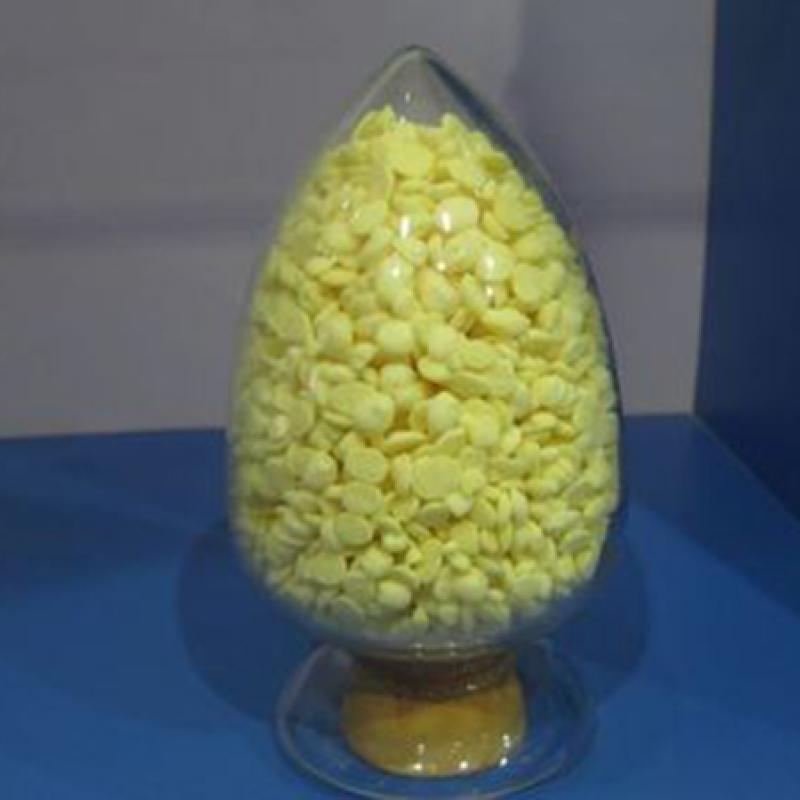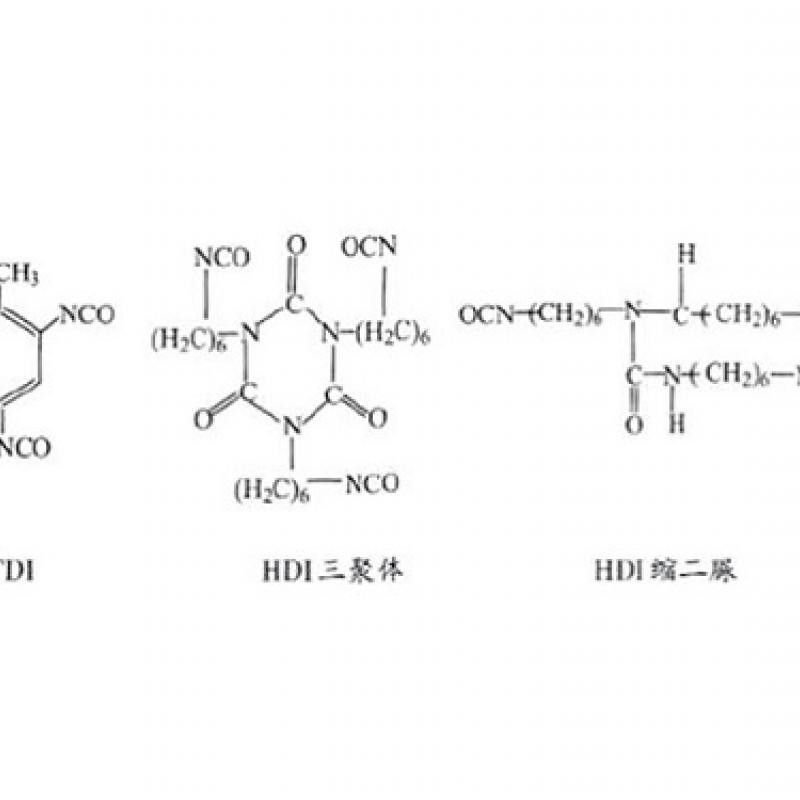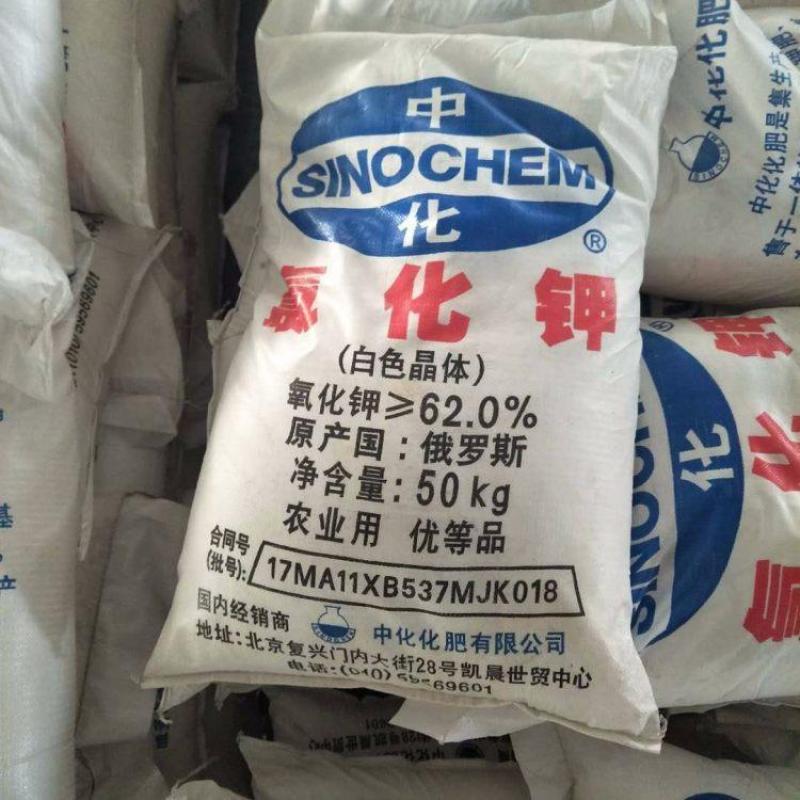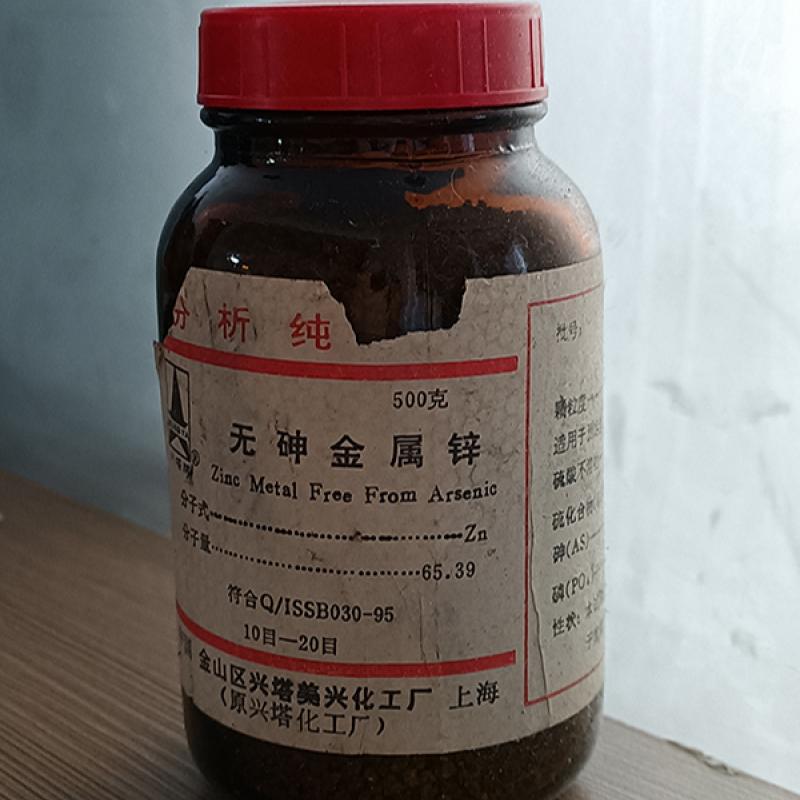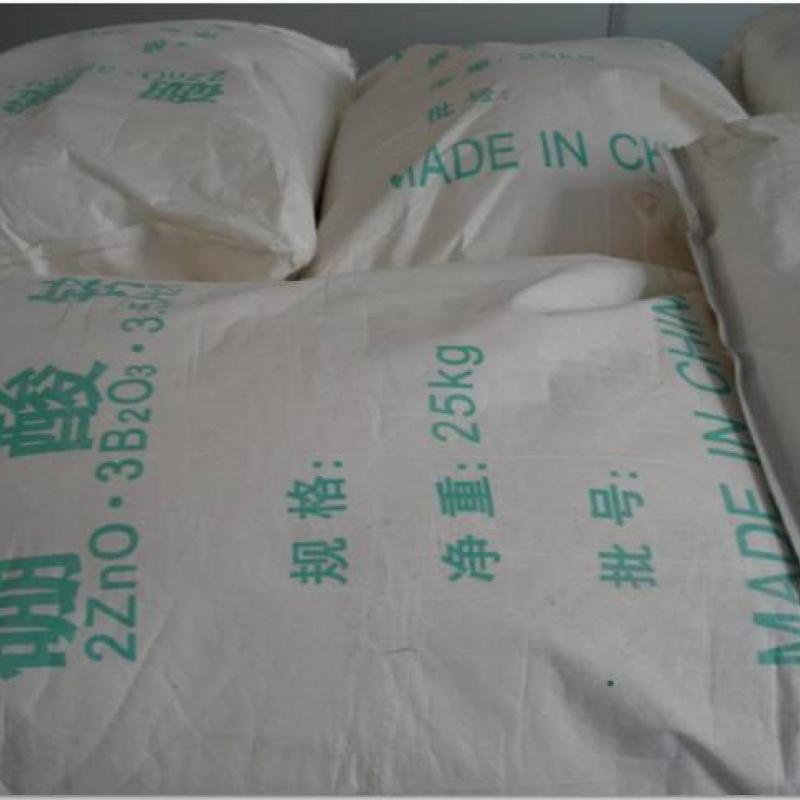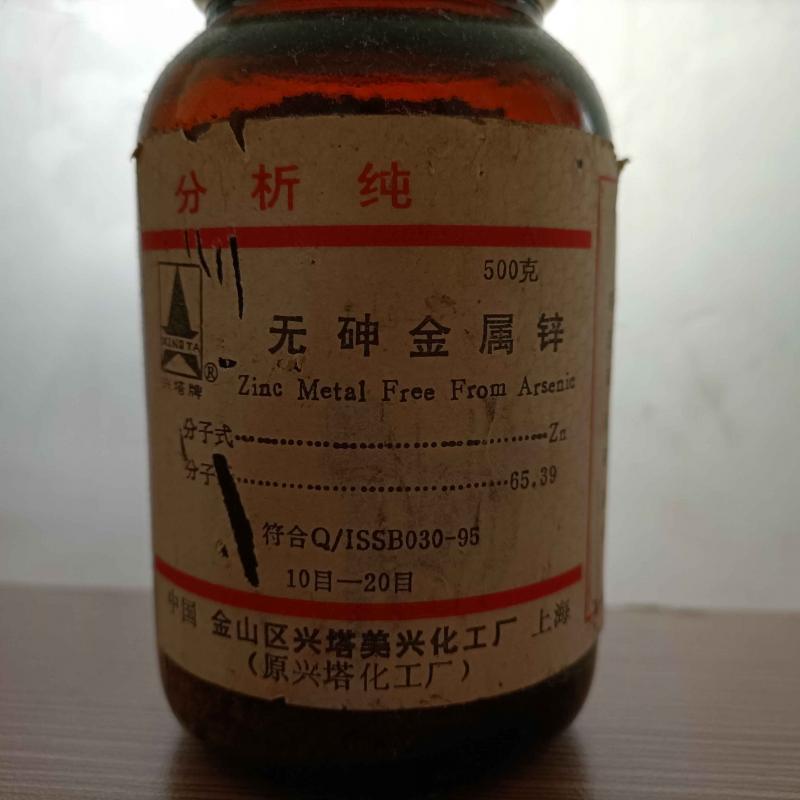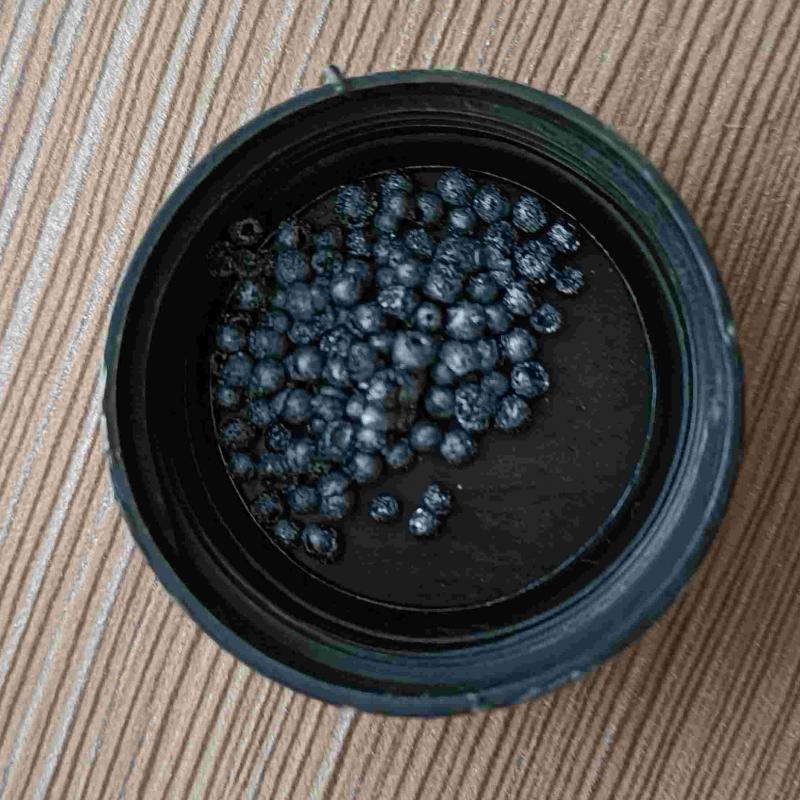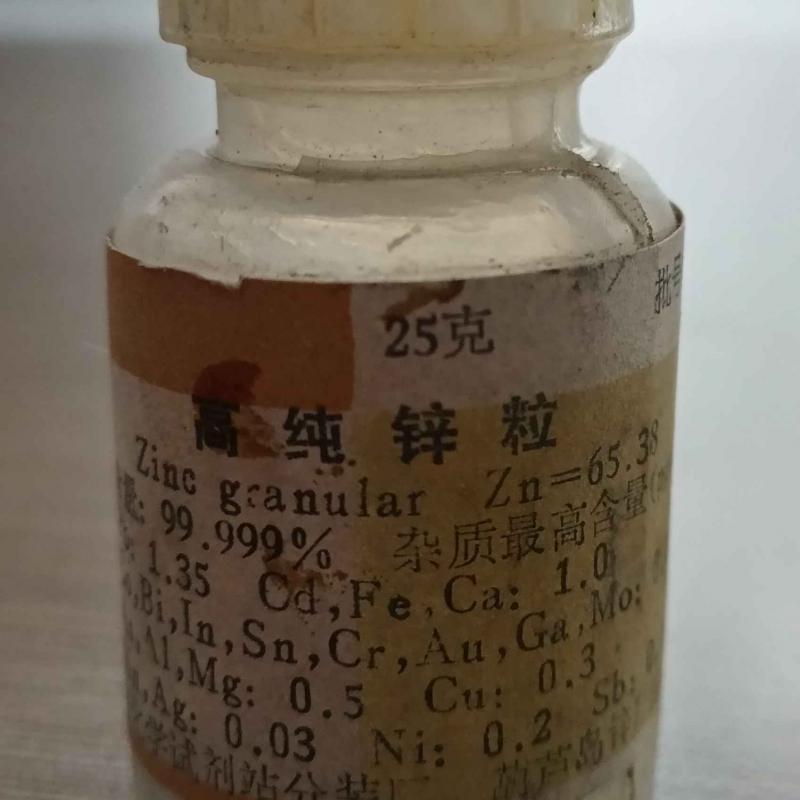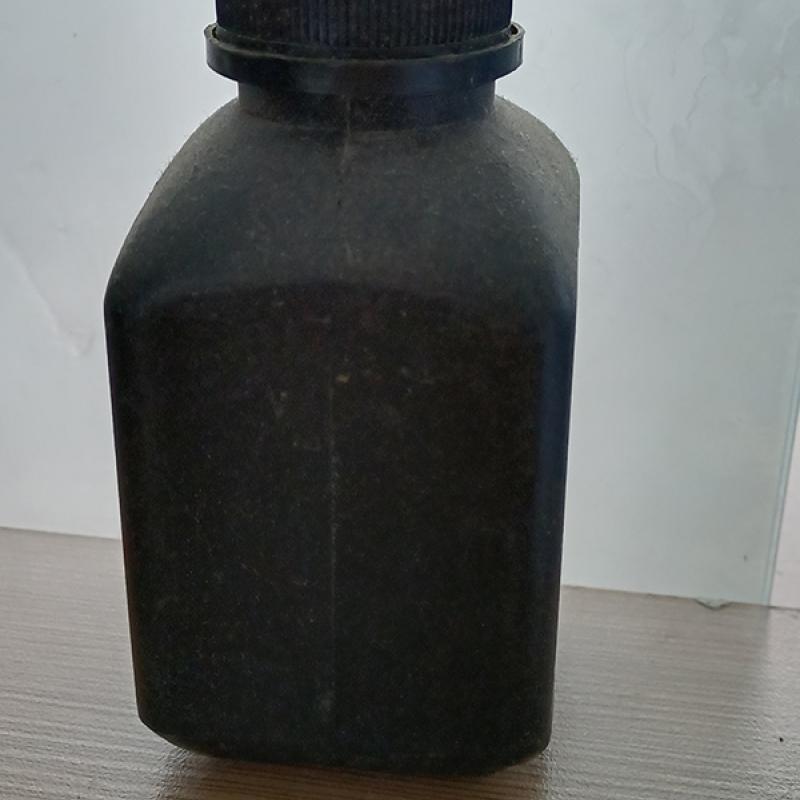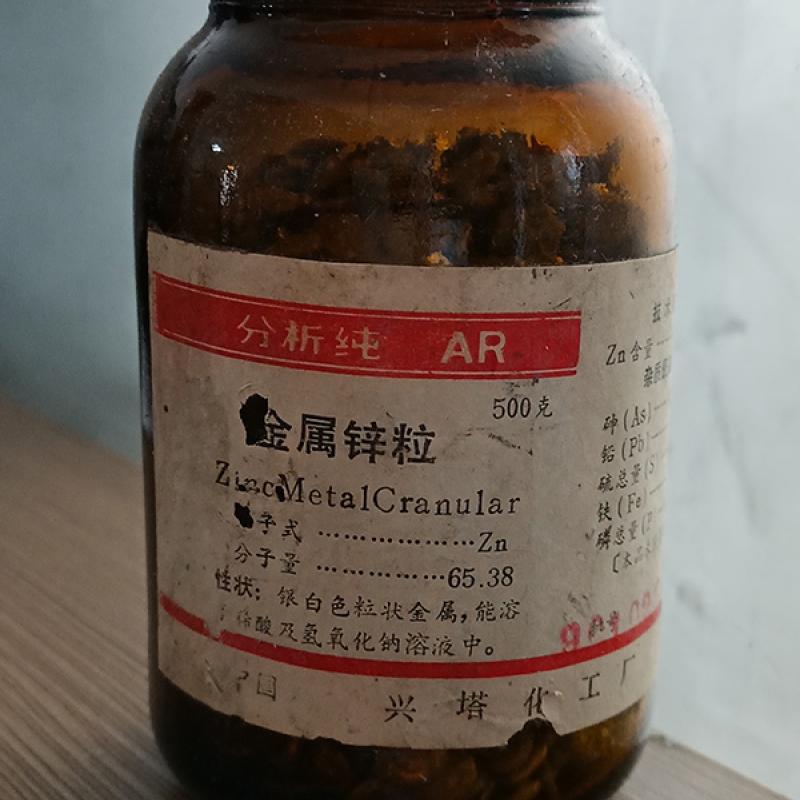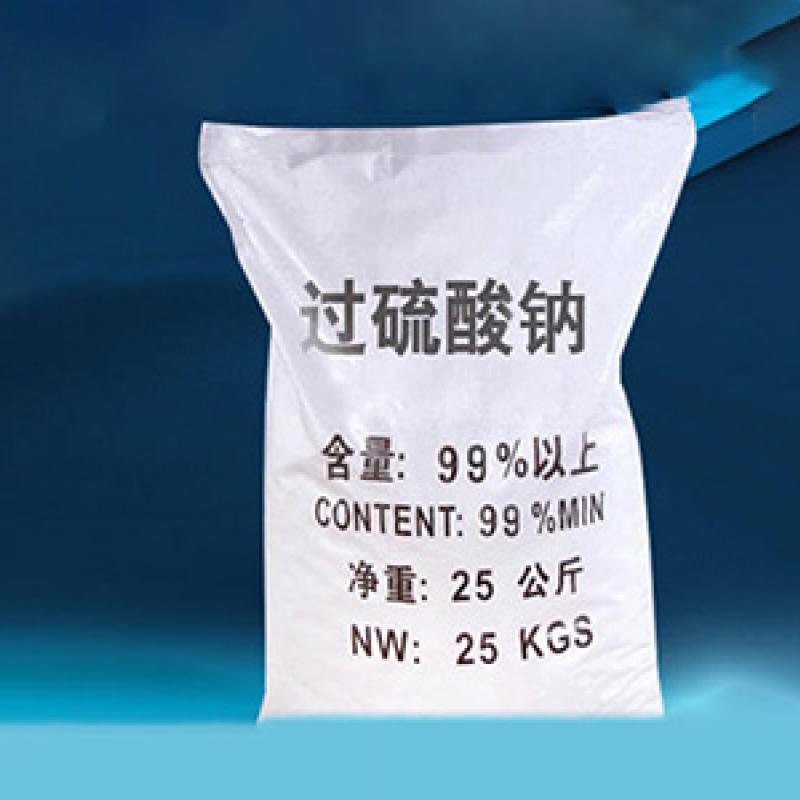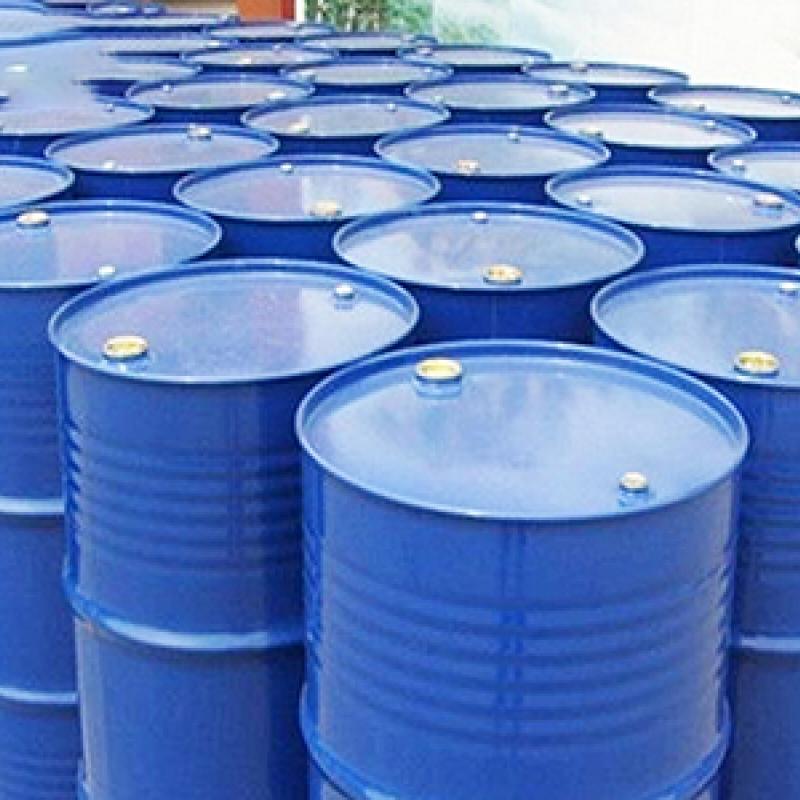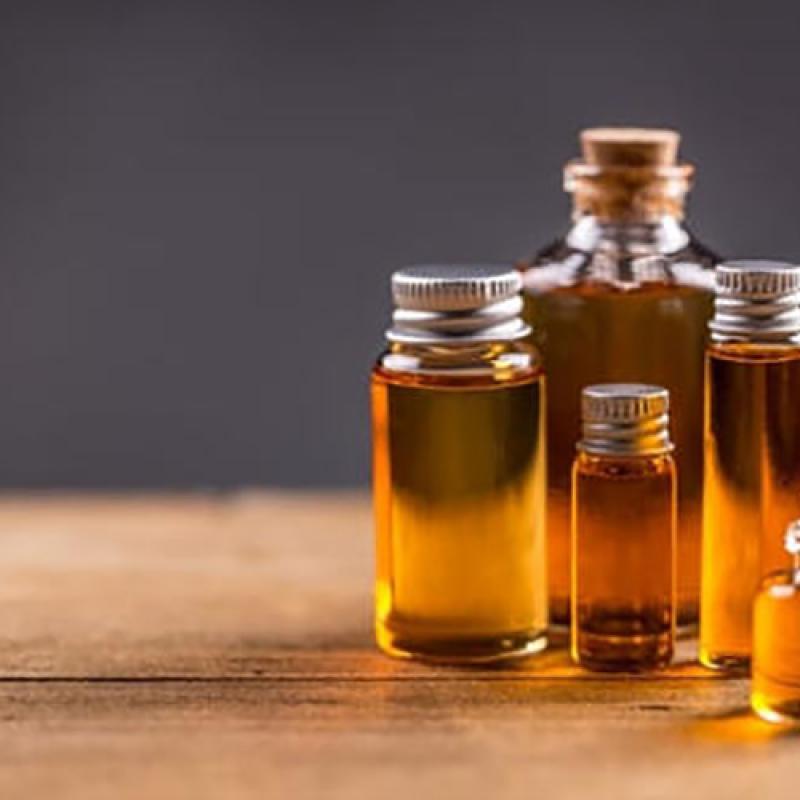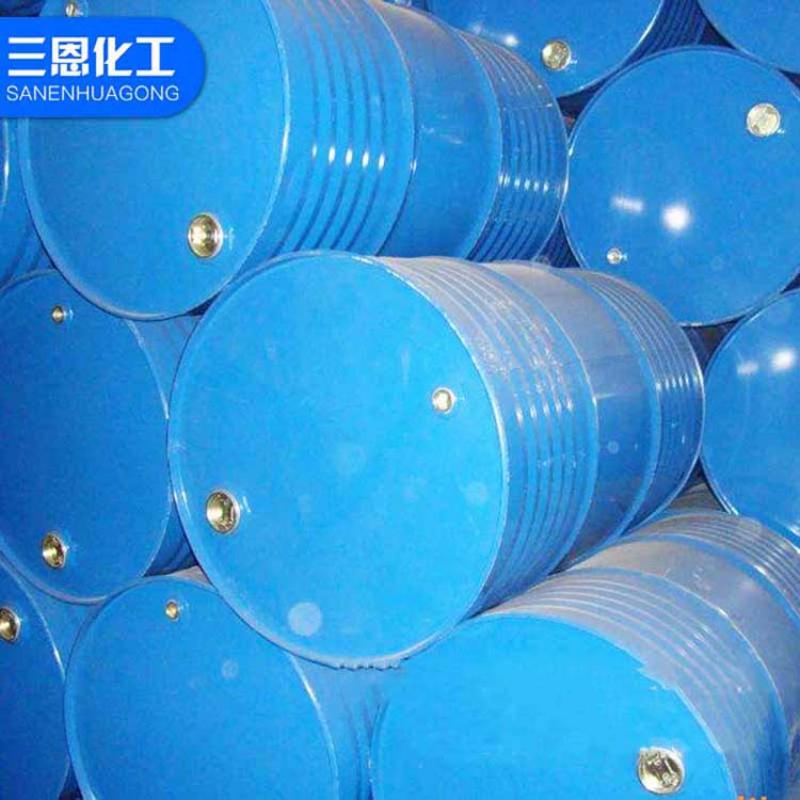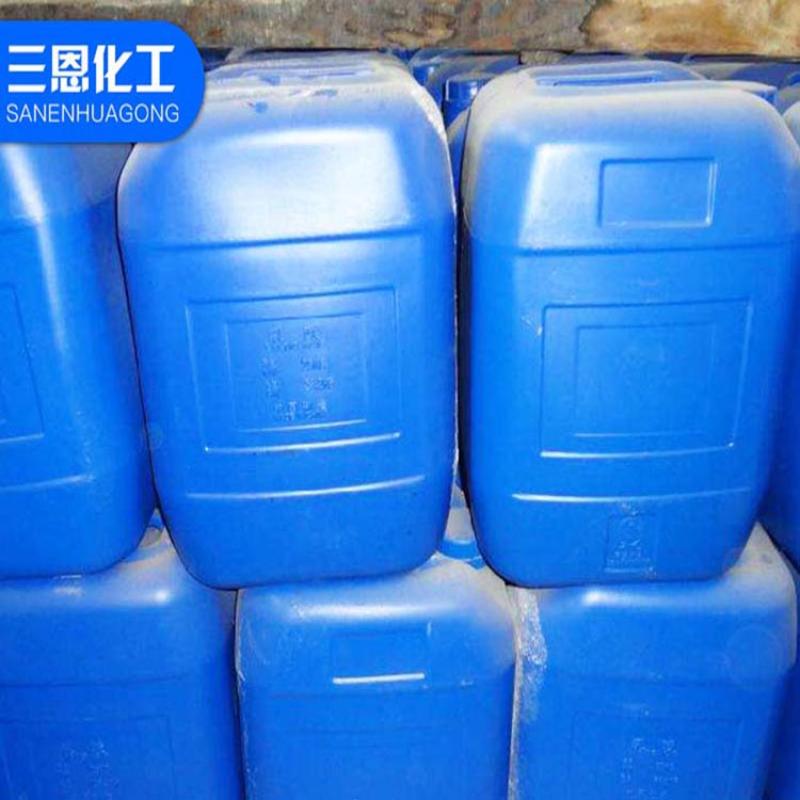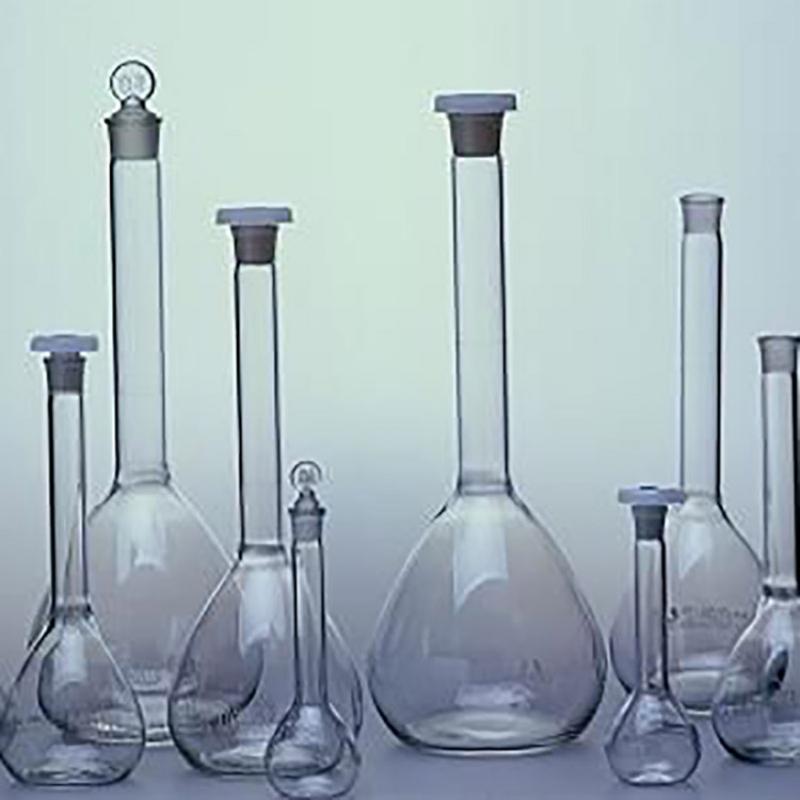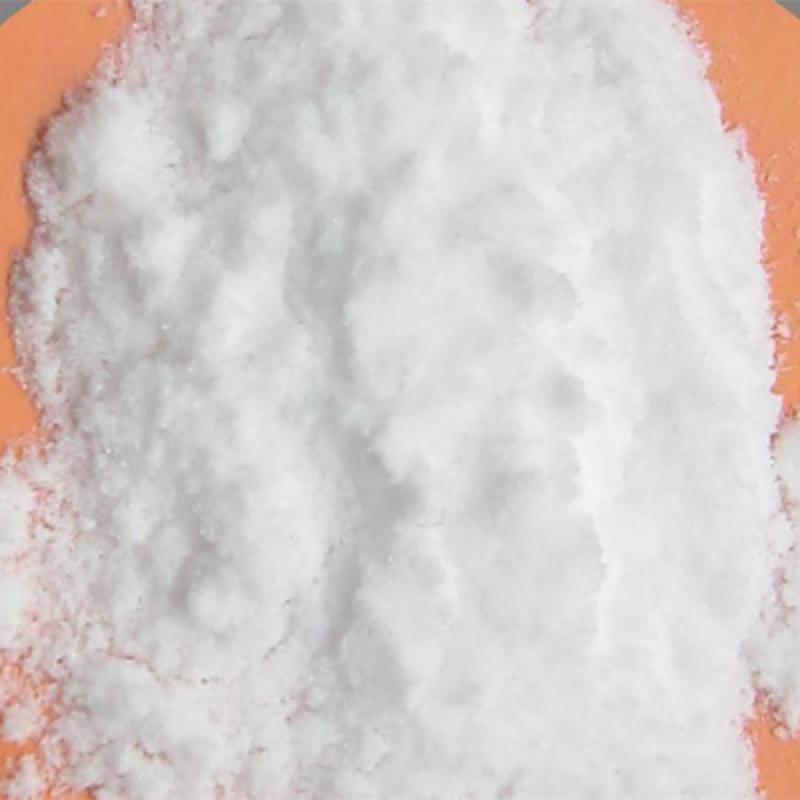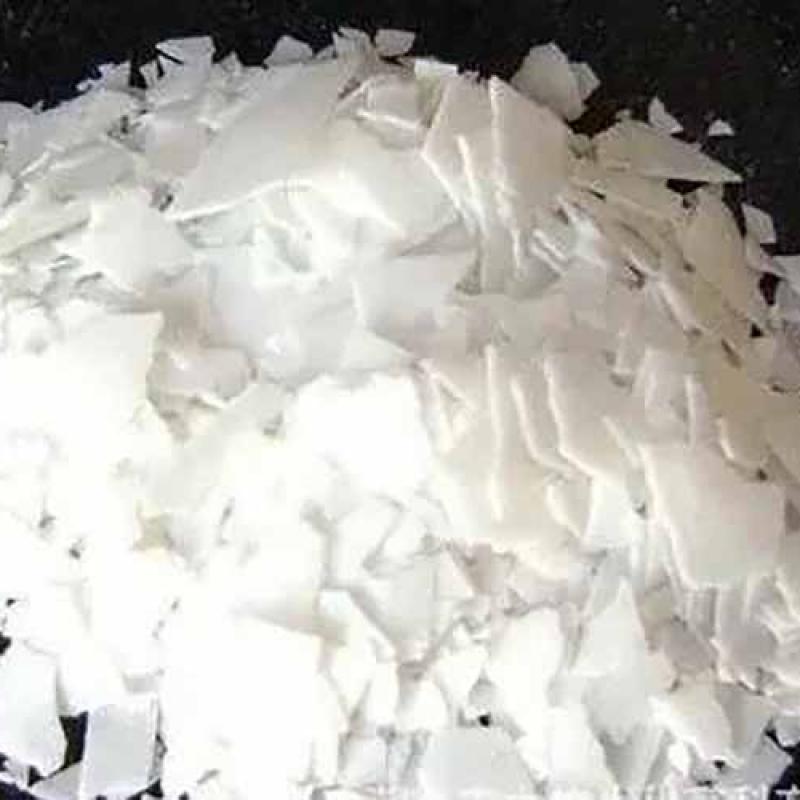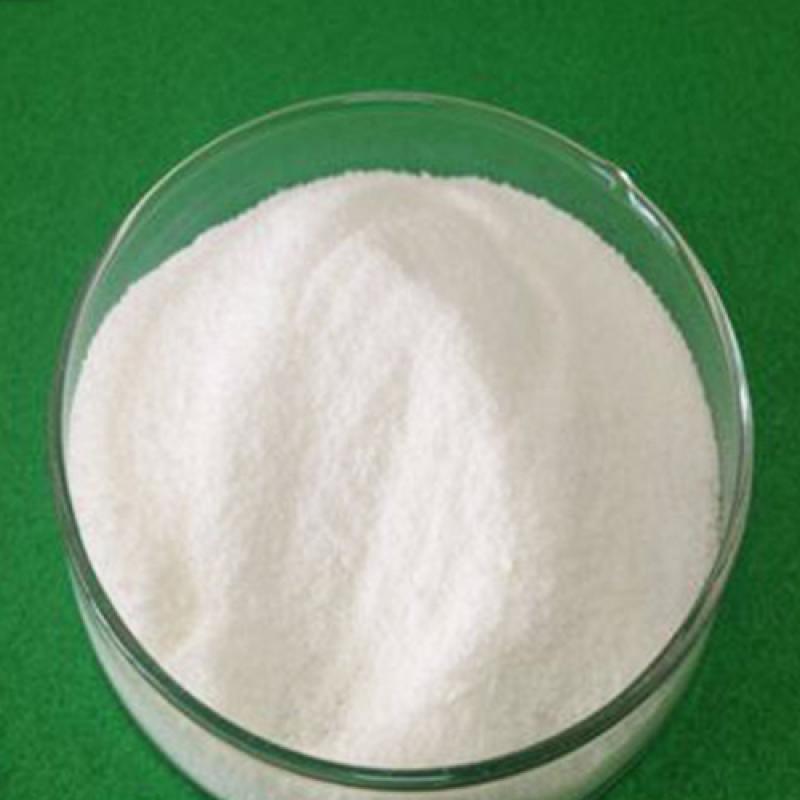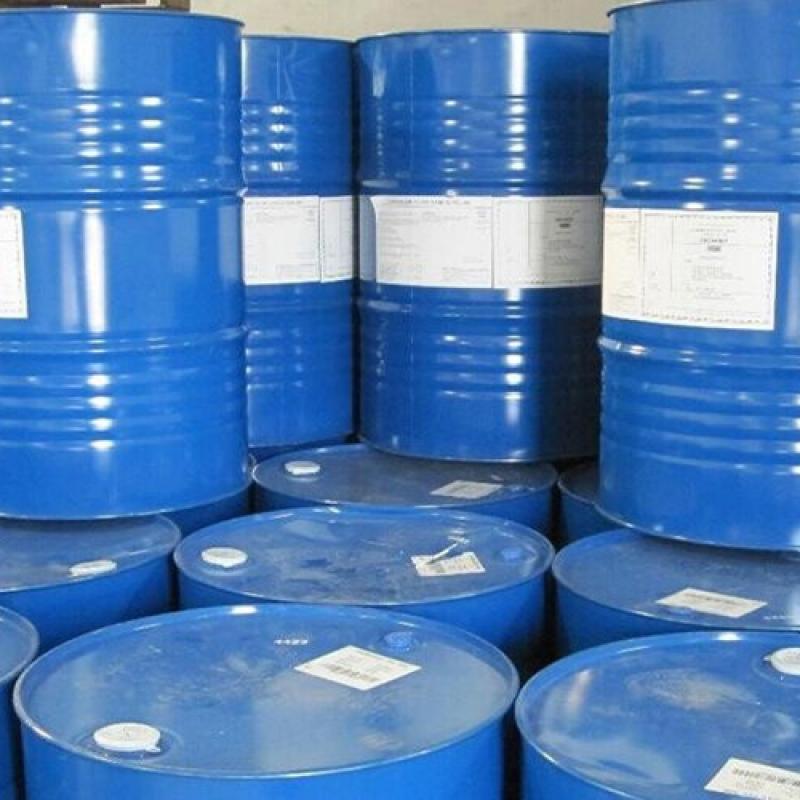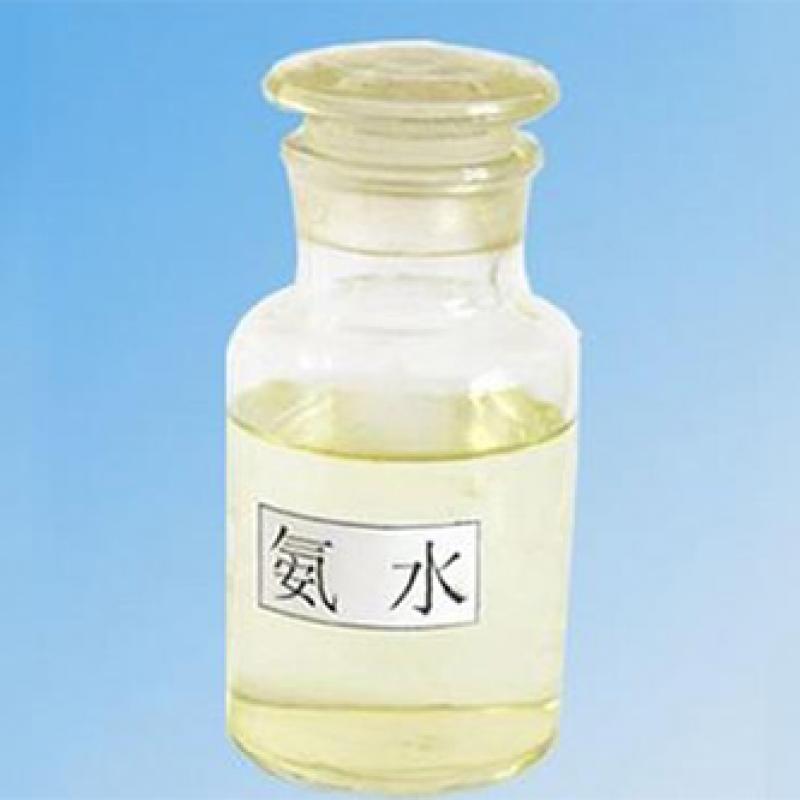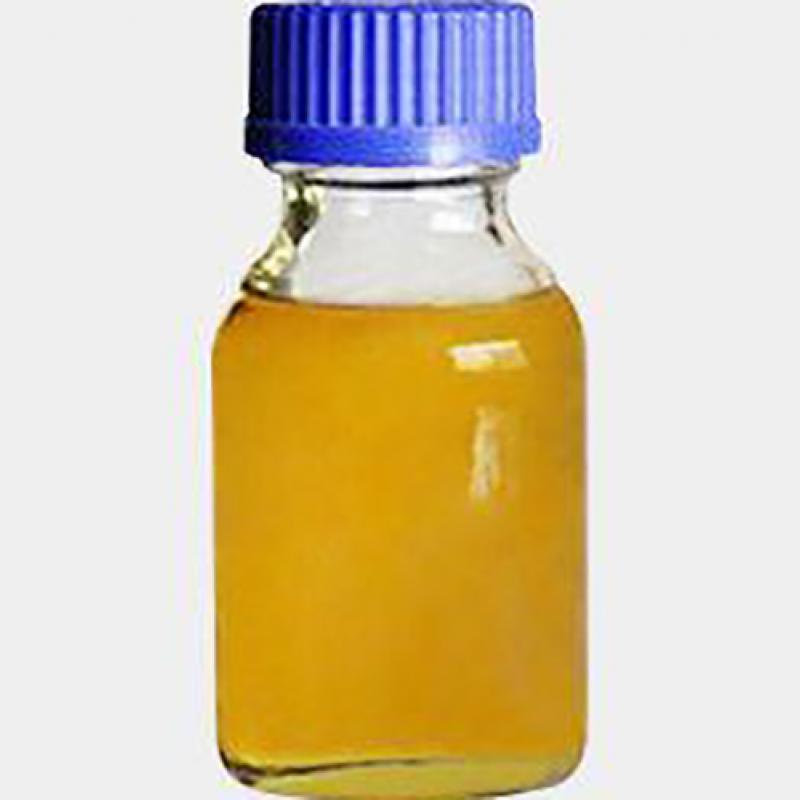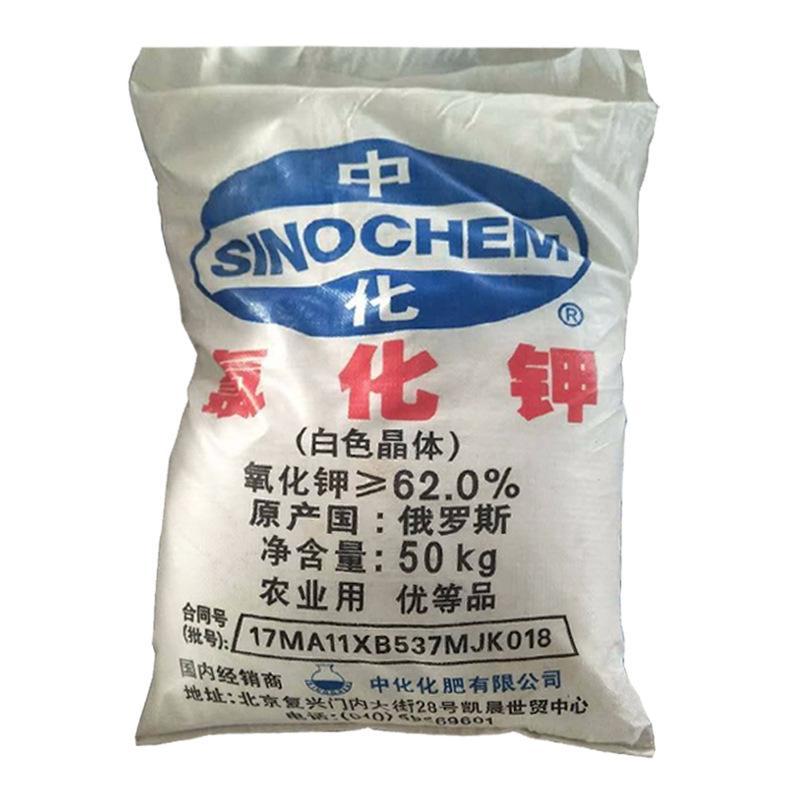Hydroxypropylmethylcellulose-manufacture,factory,supplier from China
(Total 24 Products for Hydroxypropylmethylcellulose)
Hypromellose (Hypromellose), also called hypromellose, is one of the non-ionic cellulose mixed ethers.
Contact Now
N-butanol is an organic compound of the molecular formula C4H10O, which has a strong flame when the colorless transparent liquid is combined.
Contact Now
Melting point -70°C boiling point: 135.1°C solubility can be miscible with water and most organic solvents such as ethanol
Density (D4) 0.925-0.935
The relative density (water=1) is 0.94; the relative density (air=1) 3.10 is stable
Danger marks 7 (flammable liquid) and 14 (including drugs) are mainly used as solvents, as well as leather colorants, emulsifiers, stabilizers, paint thinners, paint removers, etc.
Contact Now
It is also used in the manufacture of butyl acrylate, butyl acetate, ethylene glycol butyl ether, as an extractant for organic synthesis intermediates and biochemical drugs, and in the manufacture of surfactants.
Contact Now
Colorless tasteless oily liquid, boiling point 343 ° C (0.101 MP), flash point (open cup) 204 ° C, freezing point -80 ° C, volatile rate 0.00009 g / cm, hour (105 ° C), hydrolysis rate 0.1% (100) ° C, 6 hours), soluble in most organic solvents. Resin compatible with polyvinyl chloride, polystyrene, vinyl chloride-vinyl acetate copolymer, nitrocellulose, ethylcellulose, polyvinyl butyal butyal.
Contact Now
Colorless tasteless oily liquid, boiling point 343 ° C (0.101 MP), flash point (open cup) 204 ° C, freezing point -80 ° C, volatile rate 0.00009 g / cm, hour (105 ° C), hydrolysis rate 0.1% (100) ° C, 6 hours), soluble in most organic solvents. Resin compatible with polyvinyl chloride, polystyrene, vinyl chloride-vinyl acetate copolymer, nitrocellulose, ethylcellulose, polyvinyl butyal butyal. It is compatible with cellulose acetate and phrochloride cellulose.
Contact Now
The molecular weight is 119.16, the melting point is -21°C, the flash point is 127°C, the freezing point is -21°C, and the refractive index is 1.4678. The viscosity (20°C) is 101 MPa·sec. The latent heat of vaporization is 519.16KJ/Kg. Colorless or light yellow viscous liquid, boiling point 247℃, soluble in water and ethanol, slightly soluble in ether. Flammable. It is non-toxic, LD504780mg/kg. It is a new solvent for selective desulfurization and decarbonization with excellent performance.
Contact Now
Physical and chemical properties:
(1) Melting point (° C): - 2
(2) Boiling point (° C): 158 (no water)
(3) Relative density (water = 1): 1.46
(4) Relative density (air = 1): no material
(5) Solubility: dissolved in water, alcohol, ether, insoluble in benzene, petroleum ether
(6) Stability: unstable, protected from light
(7) Preventing the conditions of touch (taboo): strong acid, strong alkali, acyl chloride, alcohol, amine, flammable or combustible materials.
Contact Now
It is a solvent for a variety of coatings and a raw material for preparing dibutyl phthalate, a plasticizer. It is also used in the manufacture of butyl acrylate, butyl acetate, ethylene glycol butyl ether, as an extractant for organic synthesis intermediates and biochemical drugs, and in the manufacture of surfactants.N-butanol is a colorless, transparent and alcoholic liquid.
Contact Now
Product Quality: Chemical Abstracts Number: 101-14-4
Appearance: Light yellow to white granular crystals (semi-circular) white to light yellow loose crystals, heating is made black. Microfincture.
Content: ≥ 85%
Melting point: 98-102 ° C
Dry loss: ≤0.2%
Contact Now
Appearance: Light yellow to white granular crystals (semi-circular) white to light yellow loose crystals, heating is made black. Microfincture.
Content: ≥ 85%
Melting point: 98-102 ° C
Dry loss: ≤0.2%
Contact Now
There are two isomers of 2,4-toluene diisocyanate and 2,6-toluene diisocyanate (TDI). According to the content of the two isomers, there are three standard products in the industry: (1) TDI-65 contains 2,4-TDI65%, 2,6-TDI35%; (2) TDI-80 contains 2,4- TDI80%, 2,6-TDI20%, more common; (3) TDI-100 contains 2,4-TDI100%. Carbon dioxide occurs with water effect. Easy to work with compounds containing active hydrogen atoms. Linear polyurethane or polyurethane resin with diol effect.
Contact Now
Appearance and traits: white crystals, extremely salty, non -toxic. It is easy to solverate in water, ether, glycerin and alkali, slightly soluble in ethanol, but insoluble in water -free ethanol, which is hygroscopic and easy to lump; New potassium salt is generated by reciprocating and disintegrating.
Contact Now
Zinc Borate is an environmentally friendly non -halogen flame retardant. It has the characteristics of non -toxic, low -water solubility, high heat stability, small particle size, small gravity, and good decentralization. As a high -efficiency flame retardant Rubber, coatings and other fields.
Contact Now
Molecular weight: 65.39
Grade: 5N
MDL number: MFCD00011291
EC number: 231-175-3
Contact Now
Can gradually decompose, moist and high temperatures can accelerate decomposition. Can be decomposed by ethanol and silver ion.White crystalline powder.
Contact Now
Relate News
Castor oil is the triglyceride of oleic acid. Castor oil is produced in the seeds of castor oil, and its proportion is 35%~57%." Castor oil is obtained by pressing or solvent extraction. There is basically no color or slightly yellowish color. It is clear and thick liquid; slightly gas; light and then slightly pungent.
Tetrabutylammonium bromide is a common product in the chemical industry, also can be called tetrabutylammonium bromide, is a white crystal, deliquant, soluble in water, alcohol, ether and acetone, slightly soluble in benzene.
There were many chemical material varieties, mainly is the material in chemical industry, used to produce chemical products, chemical material can be divided into two types: organic chemical material and inorganic chemical material
Jinan Sanen Chemical Co., Ltd. was established on March 23, 2001. It sells domestic and imported chemical raw materials hydrochloric acid, sulfuric acid, liquid caustic soda, sodium chlorate, polyaluminum chloride, powdered activated carbon, sodium hypochlorite, potassium permanganate all the year round. Polyacrylamide, and other basic raw materials.
Sodium persulfate is a white odorless crystal or powder, additionally referred to as sodium persulfate. sodium persulfate has precise stability at room temperature and can gradually decompose.
Antioxidant is a kind of plastic additives that can effectively reduce the self-oxidation reaction rate of plastics and promote the degradation of plastics.
The principle of potassium hydroxide removal of oil stains is actually a simple chemical principle. Since oil stains are a lipid chemical substance, from the analysis of its chemical composition, they are higher fatty acids and glycerides.
The classification of citric acid should be based on the number of crystal water contained, such as: anhydrous, monohydrate, and dihydrate. Anhydrous lemons can be obtained when the water content is controlled at a suitable ambient temperature during crystallization. acid.
Store in a cool and ventilated warehouse. Avoid burning and heating. Separate oxidizer boxes to avoid mixed storage.
Ammonia is an aqueous solution of ammonia. It is colorless, transparent and has a pungent smell. So what are the properties of ammonia?
N-Methyldiethanolamine (MDEA) is commonly used to solve the acid gas containing hydrogen sulfide and CO2 in industrial production. It can absorb hydrogen sulfide and part of CO2.
The company's latest product
Russia -produced potassium chloride large amount of spot
Welcome to inquire inquiry or send mailbox

